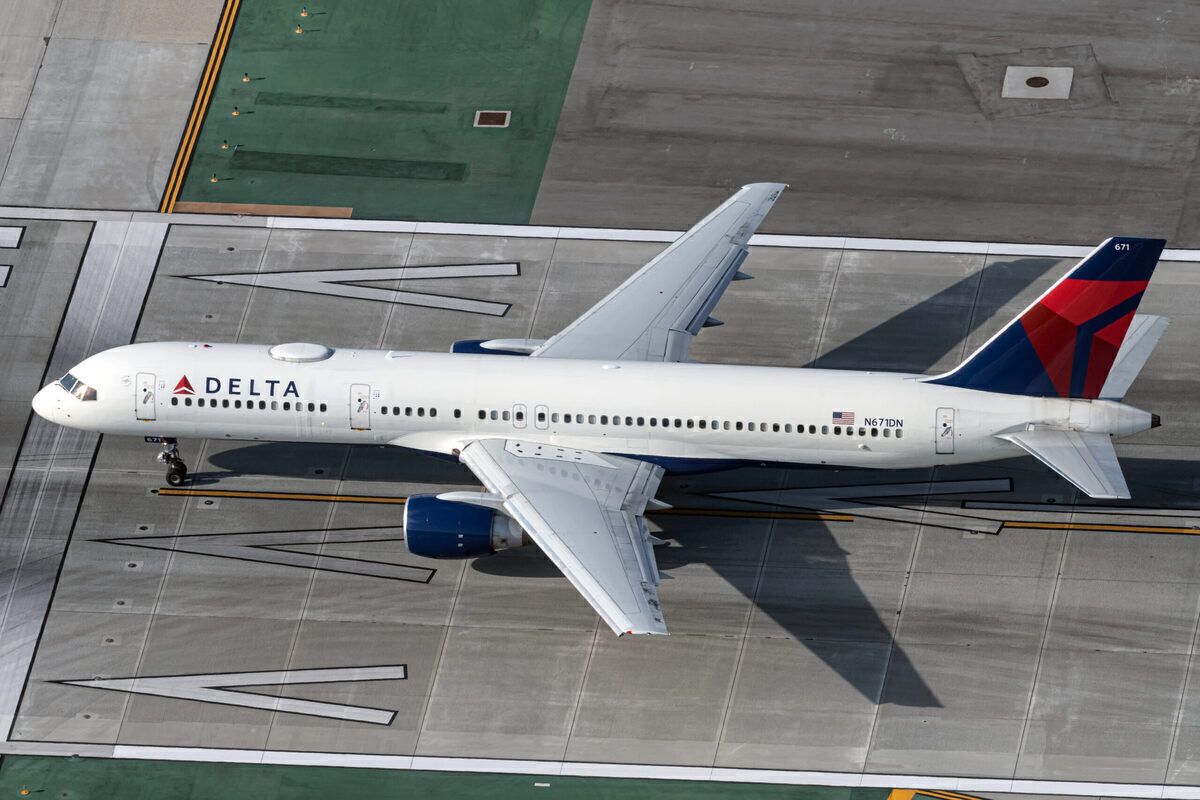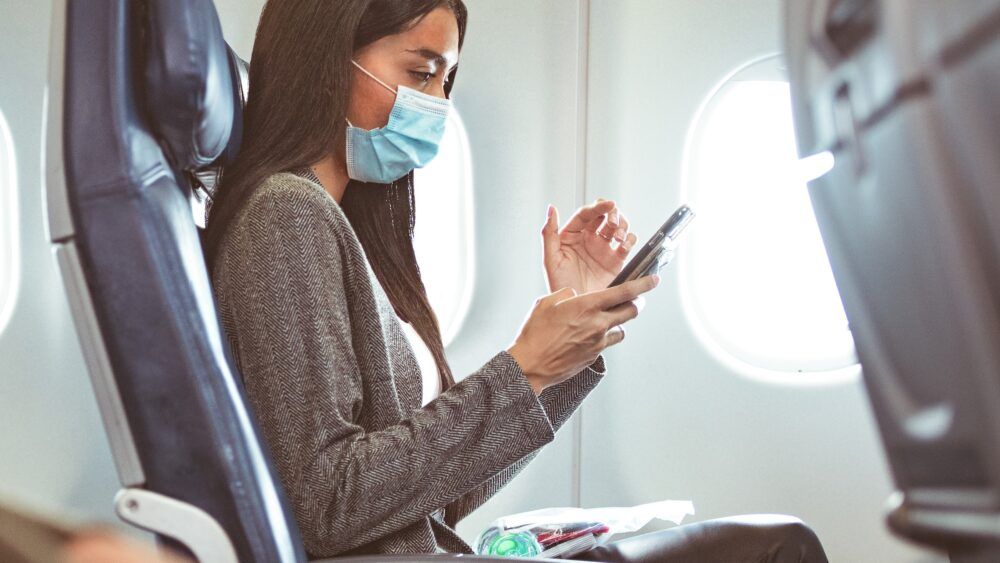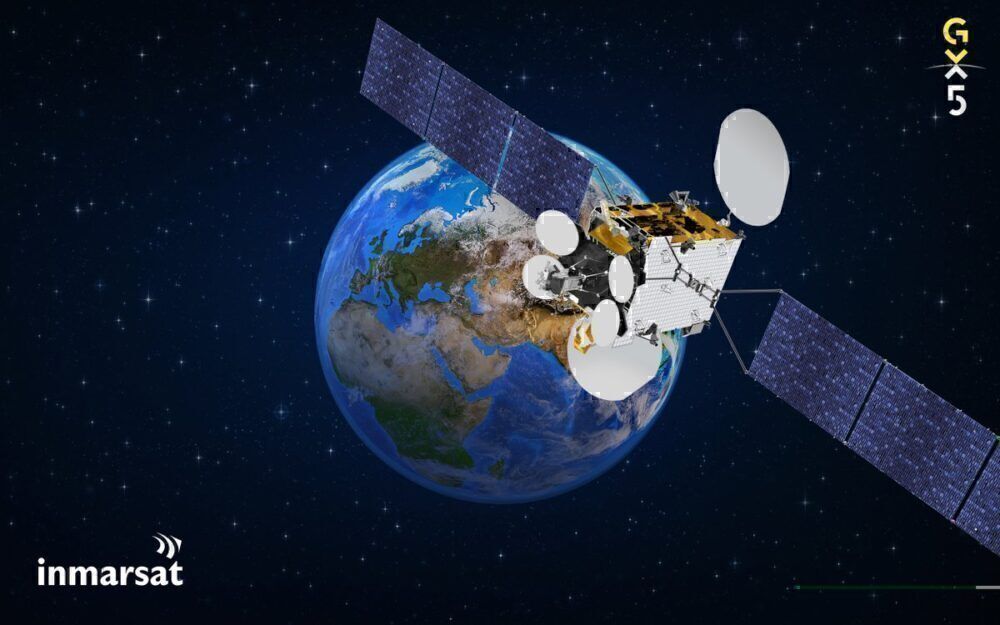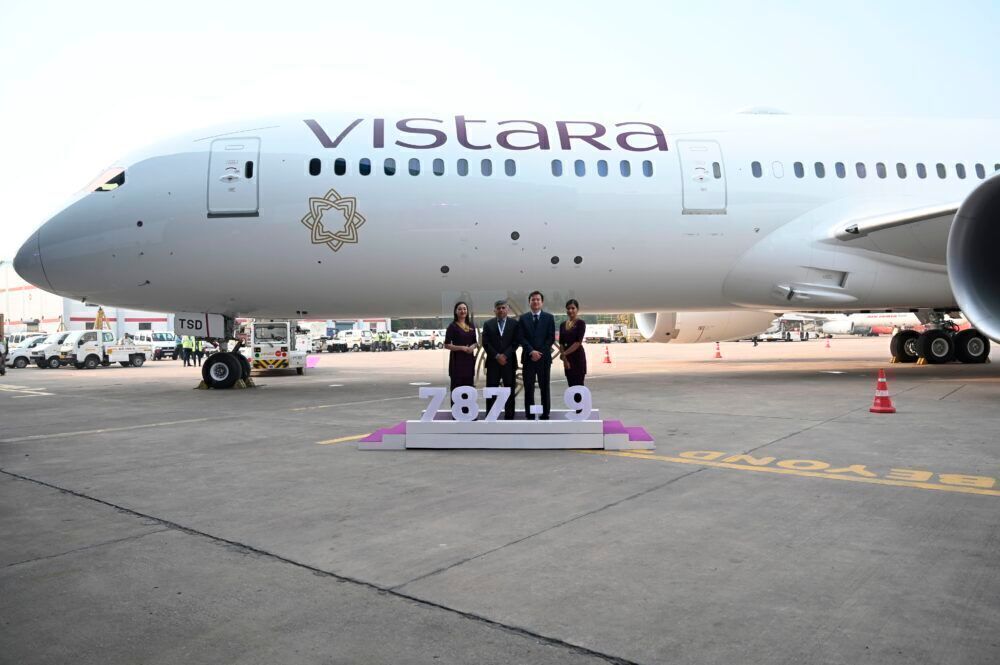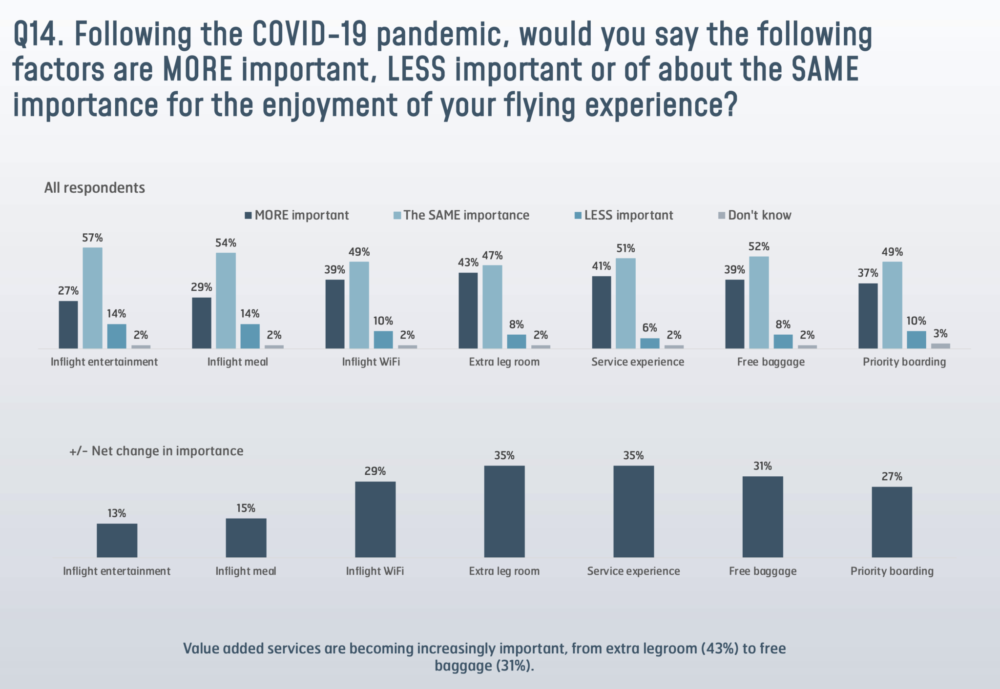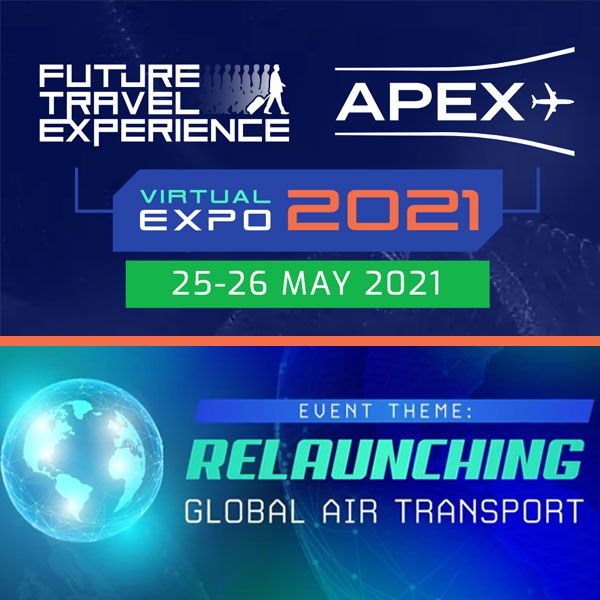The events of 2020 were damaging to aviation at every end of the scale. From airlines and airports to suppliers and support businesses, everyone has felt the pinch, and continues to do so. With airlines emerging from COVID burdened with debt and eyeing the prospect of stifled demand for some time to come, has the longstanding goal to roll out inflight connectivity taken a back seat?
Investment will continue
Two years ago, connectivity was seen as the next big investment for all airlines to make, with passengers demanding a seamless experience from ground to air and back again. However, as airlines look to trim costs where they can, it would almost be understandable if inflight WiFi fell down the list of priorities.
On the other hand, with depressed travel demand predicted to continue for several years, attracting passengers is going to be crucial. Simple Flying caught up with Dr Joe Leader, CEO of APEX, the Airline Passenger Experience Association, to see how things look from his perspective. He told us,
“Here's the good news for connectivity: the investment will continue. The infrastructure and everything needed to make the connectivity of the future advance has all been put in place already, and it provides incentives for airlines to advance their programs.”
Throughout the pandemic, despite budgetary squeezes, connectivity providers have continued to roll out their satellite launches at pace. Panasonic’s first XTS payload went live just a couple of months ago, and Inmarsat tripled the capacity of its GX Network in December 2020. Alongside this, the next generation LEO leaders like SpaceX and OneWeb have continued to build their megafleets month by month.
As well as the orbital support, there have been plenty of on-the-ground developments too. Antenna technology continues to move in the right direction, with phased arrays and electronically steerable solutions pressing forward, despite the pandemic. New terminals have been unveiled, and new partnerships formed.
All in all, the path is being laid towards a better inflight WiFi experience in the future. But what’s been happening on the airline side?
Downtime has facilitated installations
One aspect of the mass groundings of aircraft over the past 12 months has been the added flexibility for airlines to conduct upgrades, maintenance and improvements, without missing the capacity in their networks. Dr Joe explained that, for some airlines, this was an ideal opportunity to speed up their WiFi rollout,
“With some airline executives that I've spoken with, they've used the downtime to more quickly do installations. For others, they've been waiting until they know that an aircraft will be returning to use. But in all cases, they're advancing. I have not yet seen a program where it has been put completely on the back burner because of the pandemic.”
This is evidenced in the higher number of connected aircraft flying today. British Airways completed its rollout of Inmarsat’s EAN early this year, and KLM outlined plans to bring connectivity to short-haul European flights. Vistara became India’s first WiFi-equipped airline, while ZIPAIR joined the ranks of the very few carriers able to offer it for free.
All this happened despite COVID. Clearly, connectivity is still high on the agenda for airlines around the world, and programs remain on track regardless of the pandemic’s impact. Dr Joe added,
“The next generation of connectivity will continue. It might not be at quite as fast a pace as we all originally envisioned. But it's going to be nearly at that pace because the infrastructure and equipment have been built.”
What about free WiFi?
The holy grail of inflight connectivity is the day when we can all jump on a plane and stay connected without paying a fee. Dr Joe thinks this is still some way away, but says that there’s another lever airlines can pull in this sphere. He said,
“You can instill a tremendous amount of loyalty into customers if you even give them a taste of free. So we're seeing some of our airlines, in order to get people to sign up with their frequent flyer program or provide data, they're giving more and more without charge. Hopefully, that's a trend that continues.”
Last year, Inmarsat undertook a wide-ranging survey into a wealth of aspects of flying, and how the pandemic has changed passenger needs; its Passenger Confidence Tracker. One such element was the importance of inflight WiFi. The results showed that more than a third of fliers believe inflight WiFi would be even more important in the post-COVID world.
Interestingly, the same proportion of respondents stated that they believed the availability of inflight WiFi would affect their choice of airline on post-COVID trips. That just goes to highlight the importance of continuing investment in this technology, and the advantages it brings to airlines.
Although we may still be some way from widespread, good and free WiFi for all, tasters of free connectivity will undoubtedly boost loyalty in the short term. In the longer term, airlines remain committed to connectivity, and that’s good for everyone.
Join the Virtual Expo to hear more
You can hear more from Dr Joe Leader and some of the industry’s leading airlines and suppliers at the forthcoming FTE APEX Virtual Expo – “Relaunching global air transport” – taking place on the 25-26 May.
It promises to be the most comprehensive global industry gathering of the year, championing bold new ideas, solutions, collaboration and innovation efforts through all-encompassing conference sessions to facilitate an industry recovery that makes air transport even stronger in the long term.
As part of the ‘Relaunching global air transport’ theme, the show will deliver a line-up that reflects the bold new ideas and many new faces that are going to be at the heart of our industry recovery.
The conference will be complemented by a free-to-attend, interactive online exhibition with live product demos, which will include ‘Airport’ and ‘Inflight’ halls, as well as a dedicated ‘Startup Zone.’
Exhibitors already confirmed to showcase their cutting-edge products include Axinom, Burrana, Vision-Box, Global Eagle, Viasat, Elevation Software, TAV Technologies, Omnevo, PXCom, Aerogroup, Airbus, Airfi.Aero, IFPL, KID-Systeme and many more. View the full list of exhibitors here.
Early bird registration ends tomorrow – May 7th – so reserve your place today.
This article is brought to you by Simple Flying Connectivity, a new category on Simple Flying dedicated to inflight connectivity. Click here to read all of our inflight connectivity content.

